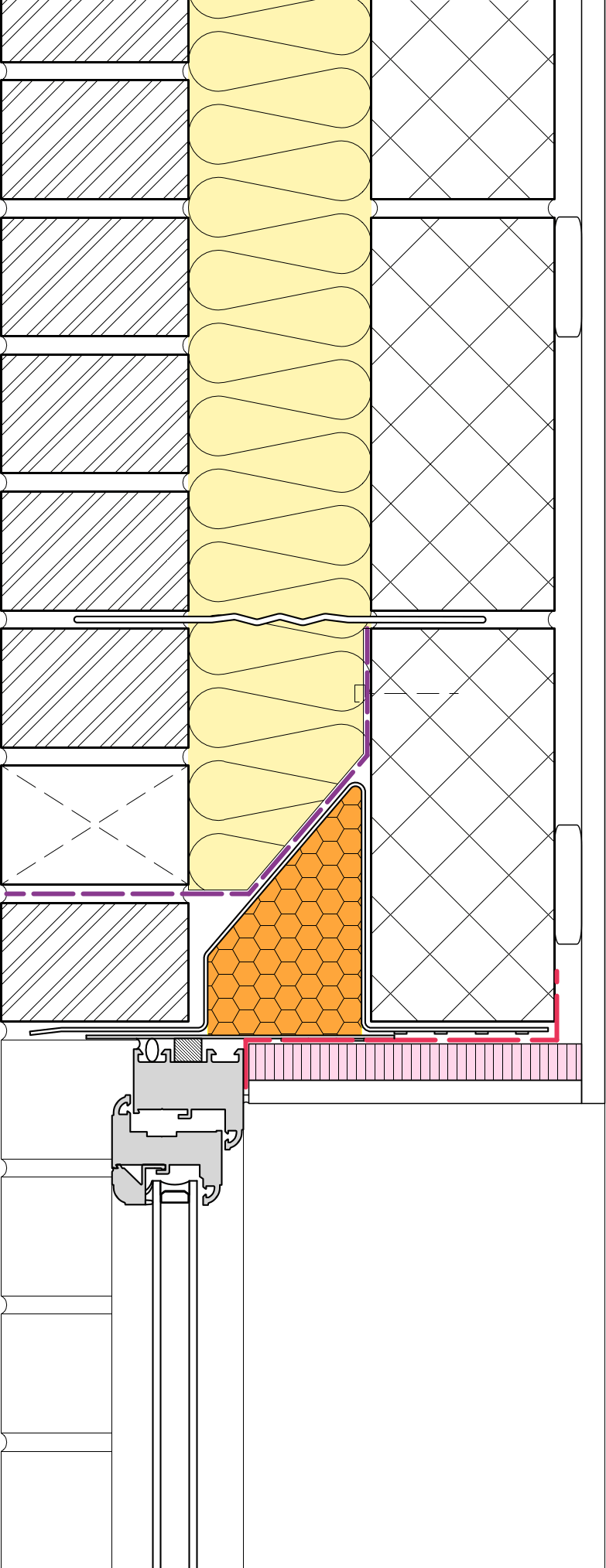Thermal Bridging Guidance and Ψ-Values
Thermal bridging is something that we, as an industry, have been hearing more and more about in recent years. With a drive towards more energy efficient homes, thermal bridging is becoming increasingly more important within the industry, as research shows it can account for up to 30% of all heat loss from buildings.The ever-increasing demand for energy efficient buildings, largely driven by changing legislation, has shifted the focus back onto architectural detailing and on-site construction practices. The first step should be minimising the heat loss through the fabric of the building in a bid to reduce thermal bridging. But what actually is thermal bridging?






